A small warehouse space, as the name suggests, is a compact storage solution. At its core, it’s a facility that prioritizes the needs of businesses seeking cost-efficiency and scalability. Unlike their larger counterparts, small warehouses are tailored to cater to businesses that have lesser storage needs but still require an organized, efficient environment.
In today’s fast-paced business environment, having a reliable and efficient storage space is paramount. Warehouses aren’t just for storage; they’re integral to the logistics and operations of businesses, acting as the backbone of supply chain management.
Throughout this blog, we’ll delve deeper into the intricacies of warehouse spaces. We’ll compare and contrast, shedding light on the unique characteristics of both small and large warehouses. The goal? To help you make informed decisions about the right storage solution for your business.
Large Business vs Small Business Warehouse Space
The concept of warehousing has evolved over the years. Gone are the days when warehouses were simply large storage rooms. Today, they’re hubs of activity, from inventory management to order processing. The rise of e-commerce has further spotlighted the significance of warehousing in ensuring prompt delivery and customer satisfaction.
Warehouses, in general, serve as storage and logistical hubs for businesses. However, there’s a vast difference between what a large business needs versus a smaller entity.
- Typical Warehouse: Often sprawling across thousands of square feet, these cater to companies with extensive inventory and larger operational demands.
- Small Warehouse: These are more intimate spaces, designed with flexibility in mind. Their size makes them ideal for companies that need storage or a place to process and work but not necessarily a vast expanse.
The rise of shared warehouse spaces brings another layer to this discussion. For businesses that don’t require a full warehouse, shared spaces provide an efficient and cost-effective solution. They offer the benefits of a warehouse but without the responsibility of managing a large facility.
Small Warehouse Sizing Info
Size does matter, but functionality is paramount. A well-organized small warehouse can sometimes outperform a poorly managed larger space. Modern warehouse design emphasizes the importance of workflow efficiency, ergonomic design, and technological integration.
Warehousing for businesses is more than just physical space—it’s about aligning your business solutions with strategies and growth plans.
How big is a Small Warehouse?
When we talk about a ‘small’ warehouse, what exactly do we mean? In terms of square footage, small warehouses typically range from 1,000 to 10,000 square feet. These dimensions cater to a myriad of business needs, from startups to more established businesses with moderate storage requirements.
WareSpace’s small warehouses offer unique advantages:
- Adaptability: Adjust your storage needs without the hassle of changing locations.
- Amenities: Access to facilities that often accompany larger, more expensive warehouses.
- Cost-Effective: Lower rental costs mean better budget allocation for other business operations.
Such features make these warehouses a preferred choice for businesses aiming for growth and efficiency, without compromising on essential amenities.
What is the Average Warehouse’s Size?
To put things into perspective, let’s look at the average warehouse. These spaces can span well over 50,000 square feet, catering to businesses with significant inventory needs. Such sizes are common among mass producers, large-scale distributors, or e-commerce giants that manage vast product varieties.
Benefits of Different Sizes of Warehouse Space
The business world is diverse, and so are its warehousing needs. For instance, a local artisanal soap maker might prioritize a small warehouse close to natural ingredient sources, while a multinational electronics firm might need extensive space near major shipping routes. In both scenarios, the goal remains: efficient storage and quick access to goods.
Whether it’s a cozy space or a sprawling facility, each warehouse size brings with it distinct advantages. Here’s what you can expect from different warehouse sizes:
Small Warehouse Benefits
Small warehouses, despite their size, pack a punch:
- Cost-Effective: Reduced rental rates and lower maintenance costs.
- Easy Organization: Manage and locate products with ease, optimizing fulfillment processes.
- Scalability: Especially with providers like WareSpace, businesses can upscale or downscale based on changing needs.
Their adaptability ensures businesses remain agile, responding quickly to market demands and operational shifts.
Medium Warehouse Benefits
For businesses that are in the growth phase or handle a wide range of products, medium-sized warehouses can be ideal:
- Versatility: Perfect for businesses that are scaling up, offering a balance between space and cost.
- Storage Efficiency: More space for a structured inventory system, crucial for businesses with diverse product lines.
- Operational Freedom: Accommodates additional processes such as packaging, assembly, or returns management.
These warehouses strike a balance, providing ample space and capabilities without overwhelming costs or complexities. However, most businesses find small warehouses most cost-effective for their needs.
Large Warehouse Benefits
Large warehouses cater to well-established businesses with extensive operational and storage demands:
- Volume Handling: Facilitate high-volume operations, from storage to shipping.
- Infrastructure: Often equipped with advanced logistics and tracking systems.
- Operational Expansion: Space to integrate more complex processes such as assembly lines, dedicated shipping zones, and quality control areas.
Their comprehensive offerings ensure that bigger corporations operate smoothly, without logistical hiccups or space constraints.
Considerations when Choosing the Right Warehouse Size for You
Beyond sheer size, considerations like climate control, security measures, and technological infrastructure play a role in the decision-making process.
Every business has unique needs, and choosing the right warehouse size is a decision that can profoundly impact operations, cost-efficiency, and scalability. It’s essential to reflect upon your business’s specific requirements before finalizing your choice.
Unsure about what size fits your needs? WareSpace’s team of experts is on hand to guide you, ensuring that your business gets the optimal space for seamless operations. Contact us today!
Who Needs a Small Warehouse Space
Certain businesses, due to their nature and size, are ideally suited for small warehouse spaces:
- Start-ups & Small Businesses: With limited inventory and tighter budgets, these entities can benefit from the flexibility and cost-efficiency of smaller warehouses.
- Niche Product Sellers: Businesses that specialize in a specific product type or category may not need vast spaces but a functional operational hub.
- Seasonal Businesses: Those that see a spike in operations during specific times of the year can use these spaces both for storage during off-peak times and as a bustling operational center during peak seasons.
- E-commerce Stores: As online shopping continues to grow, e-commerce businesses require efficient inventory management and order fulfillment spaces. Small warehouses provide the agility they need to quickly process and ship orders, and often act as their main operational base, especially for businesses just starting out or with a regional focus.
For a deeper dive into industries that can truly harness the potential of small warehouse spaces, check out our detailed guide on Which Companies Benefit the Most From Small Warehouse Space.
Your Required Processes
The kind of operations you run dictates the warehouse size you’d need:
- Basic Storage: If you’re only looking to store products without additional processes, even a compact space might suffice.
- Packaging & Distribution: More extensive operations demand added space for packaging areas, shipping stations, and more.
- Assembly & Production: If your warehouse is doubling as a production or assembly unit, you might need to think bigger in terms of space.
Importantly, many businesses find that with the right layout and infrastructure, a small warehouse can seamlessly serve as both a storage and operational base, facilitating varied business processes in one consolidated area.
Your Required Inventory Level
Your inventory levels play a pivotal role in choosing warehouse size:
- Low Inventory Turnover: If your products have longer shelf lives or if you operate on a just-in-time model, smaller spaces might be ideal.
- Diverse Product Range: Housing a wide variety of products requires organized space, possibly leading to the need for a medium to a large warehouse.
While inventory is a significant aspect, it’s only part of the equation. Operational efficiency, especially for businesses running directly from these warehouses, can determine the real space you might need.
Business Growth
Your future goals and projected growth can influence your warehouse size decision:
- Steady Growth: If you anticipate a steady rise in demand, it might be wise to opt for a warehouse with some room to grow.
- Flexibility: Warehouses that offer modularity or scalability options can be excellent for businesses unsure about future storage requirements.
Planning for growth isn’t just about future-proofing storage needs; it’s also about ensuring that the operational aspects of your business have room to flourish and evolve.
Factors to Consider with Small Warehouses
When leaning towards smaller warehouses, here are a few considerations:
- Cost-efficiency: Smaller spaces often translate to lower rental rates and maintenance costs.
- Location: Proximity to key transit routes or your primary market can be crucial.
- Accessibility: Check the ease with which you, your employees, and transport vehicles can access the warehouse.
Choosing the right small warehouse involves a combination of budget considerations, strategic location planning, and ensuring ease of operations.
With WareSpace, many traditional warehouse concerns are alleviated. Our turnkey solutions, transparent pricing, and commitment to excellence ensure that businesses can focus on growth, leaving the warehousing to us.
Factors to Consider with Larger Warehouses
For those leaning towards expansive spaces, keep these in mind:
- Management Complexity: Larger spaces require more hands-on management and possibly advanced systems to track inventory.
- Operational Costs: With size comes an increase in utilities, security, and maintenance costs.
- Infrastructure: Bigger warehouses often require more advanced logistics, security, and tracking systems.
Weighing these factors ensures that businesses make informed decisions, maximizing their operational efficiency while managing overhead costs.
Find a Small Warehouse Near You
As we’ve explored, warehouse spaces, big or small, play a pivotal role in business operations. If you’re considering renting a small warehouse space, start by determining your specific needs, weighing the benefits, and assessing growth potential. For those ready to take the leap, explore our small warehouse spaces near you.
To further equip you in your warehouse journey, WareSpace offers a plethora of resources, from understanding how renting can lead to business growth to practical tips for optimizing your warehouse space.
Whether you’re a burgeoning startup or an established business looking to optimize, the right warehouse space awaits. All it requires is a bit of research, foresight, and understanding of your unique business needs.
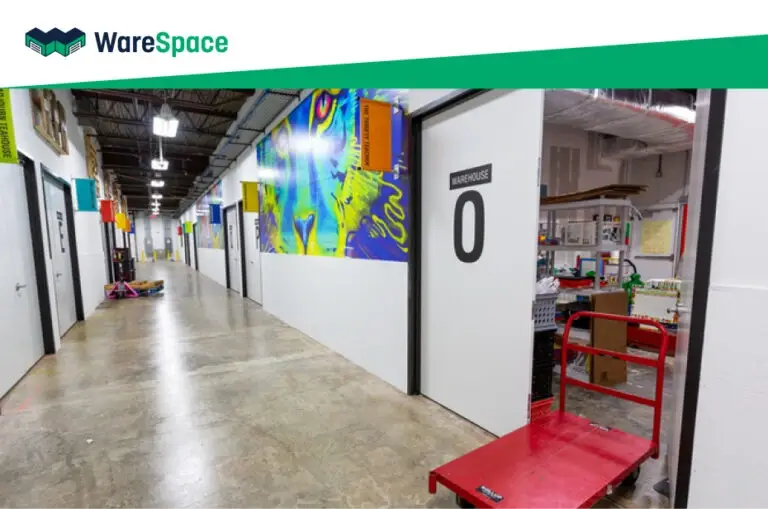
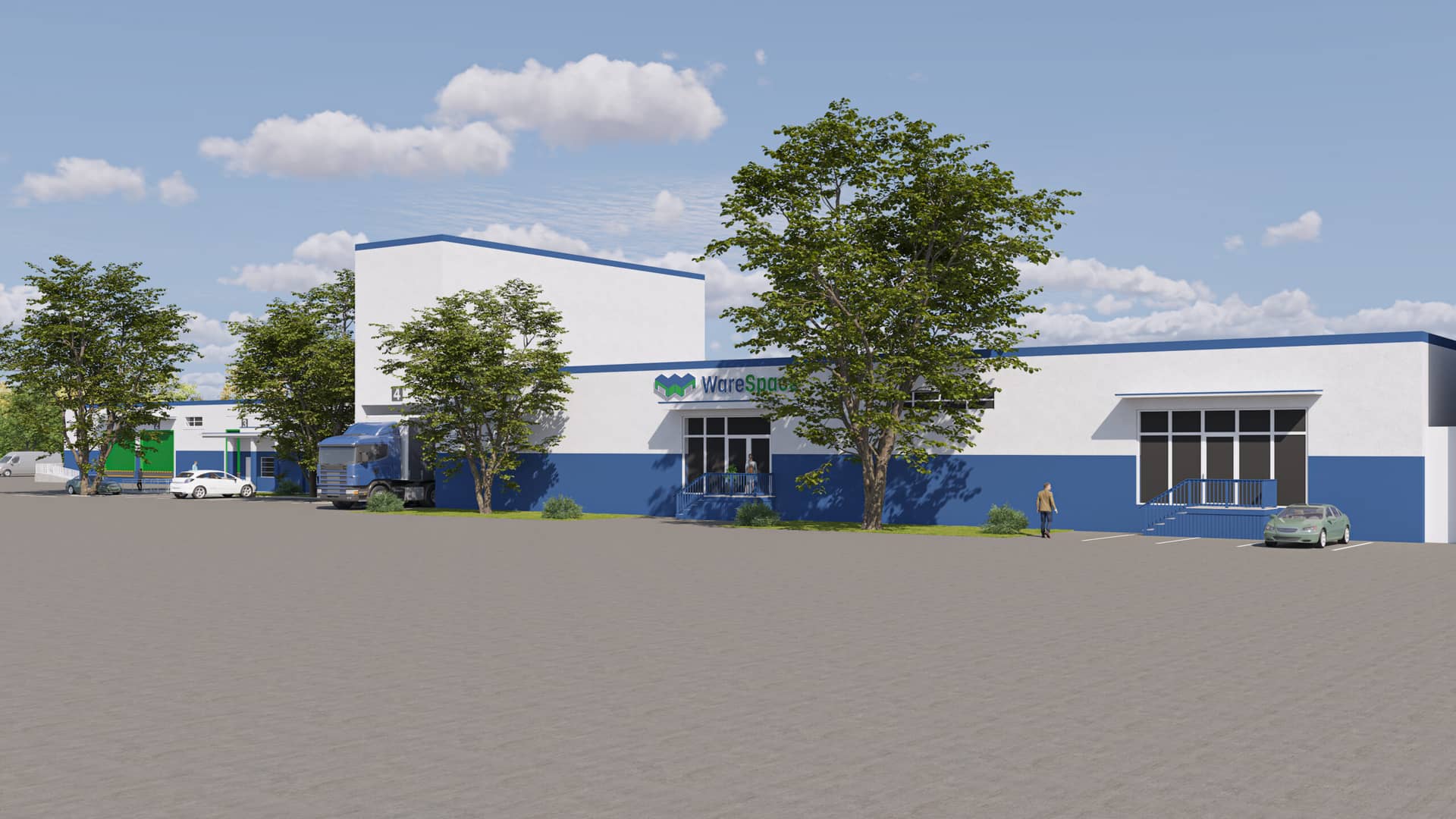

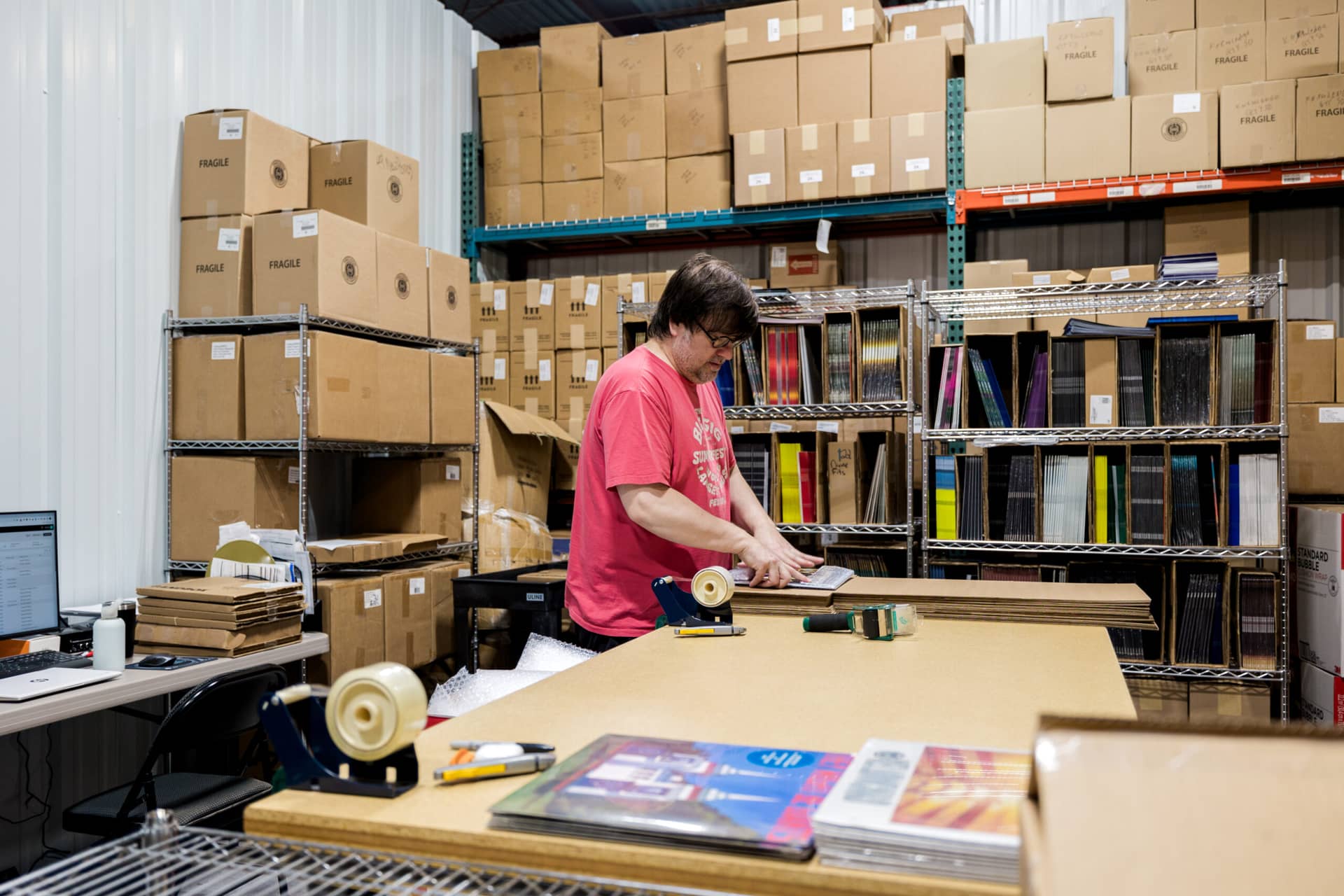
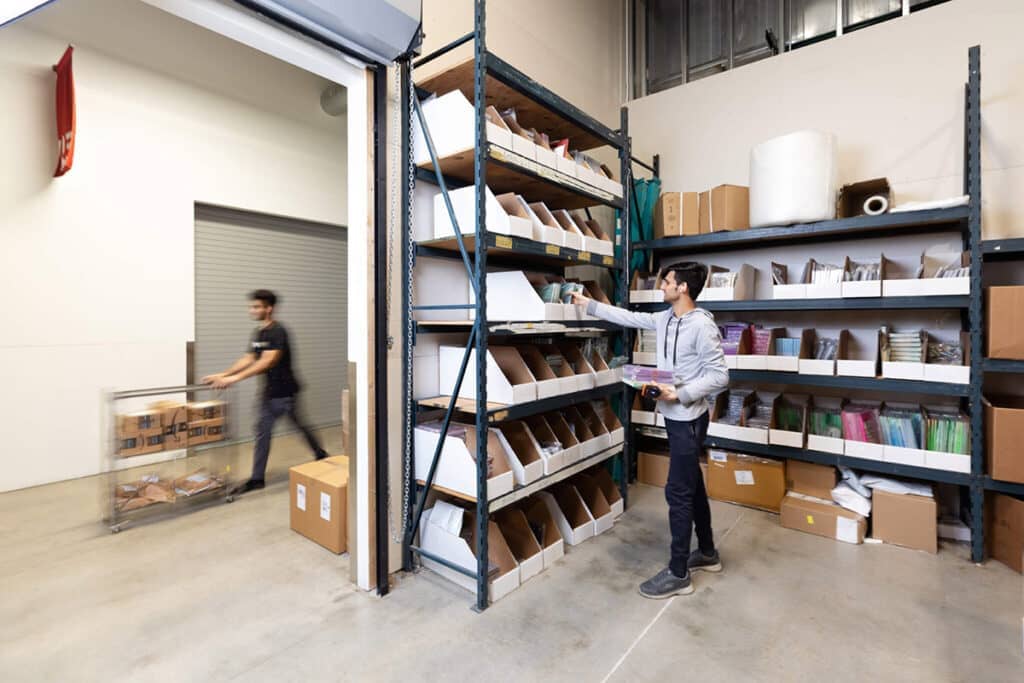
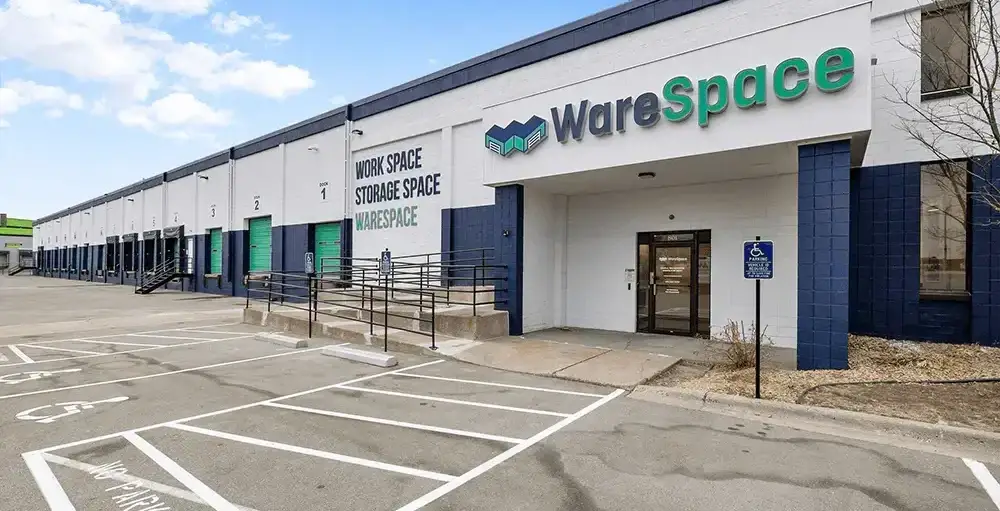
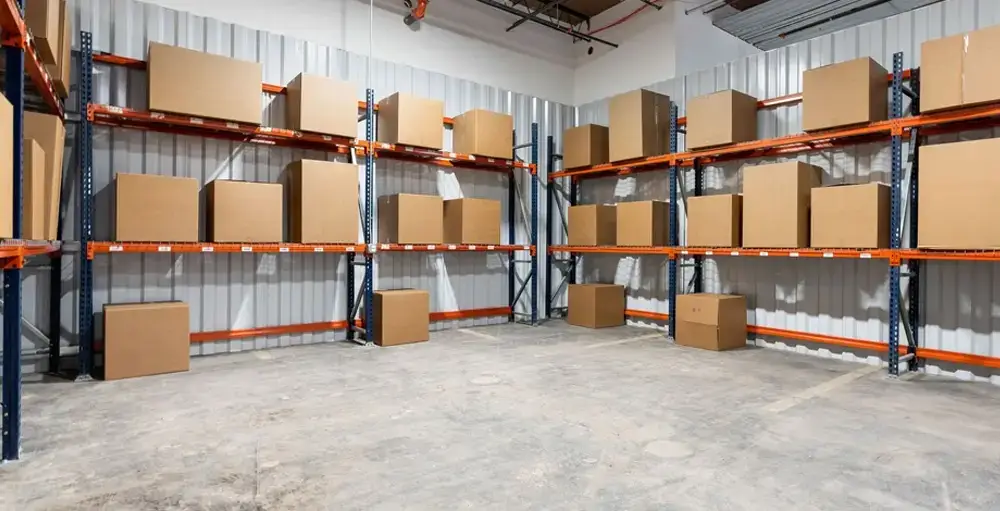
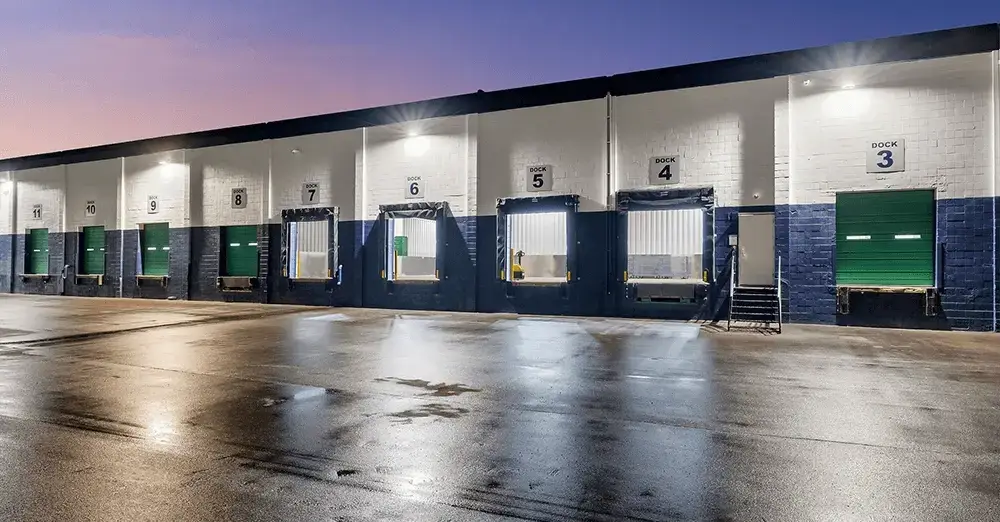
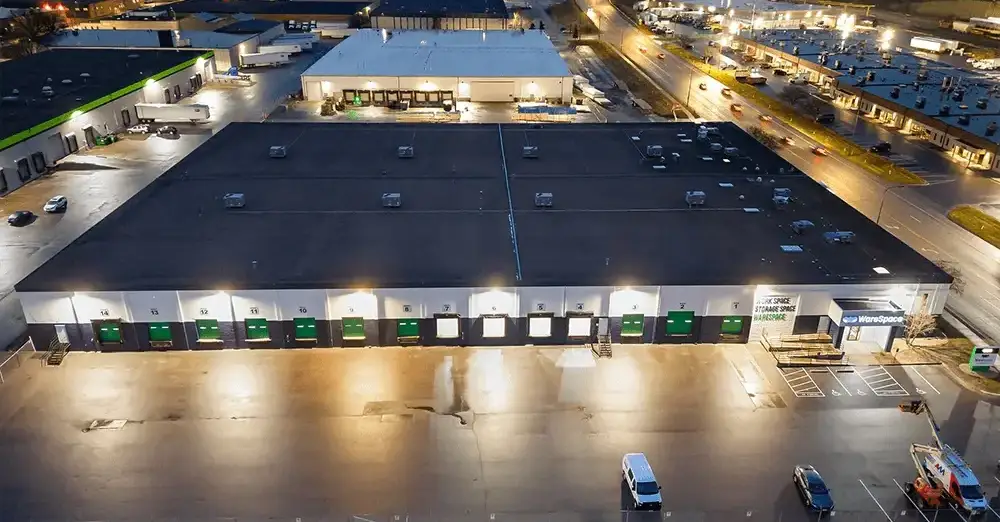
 ►
Explore 3D Space
►
Explore 3D Space